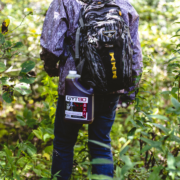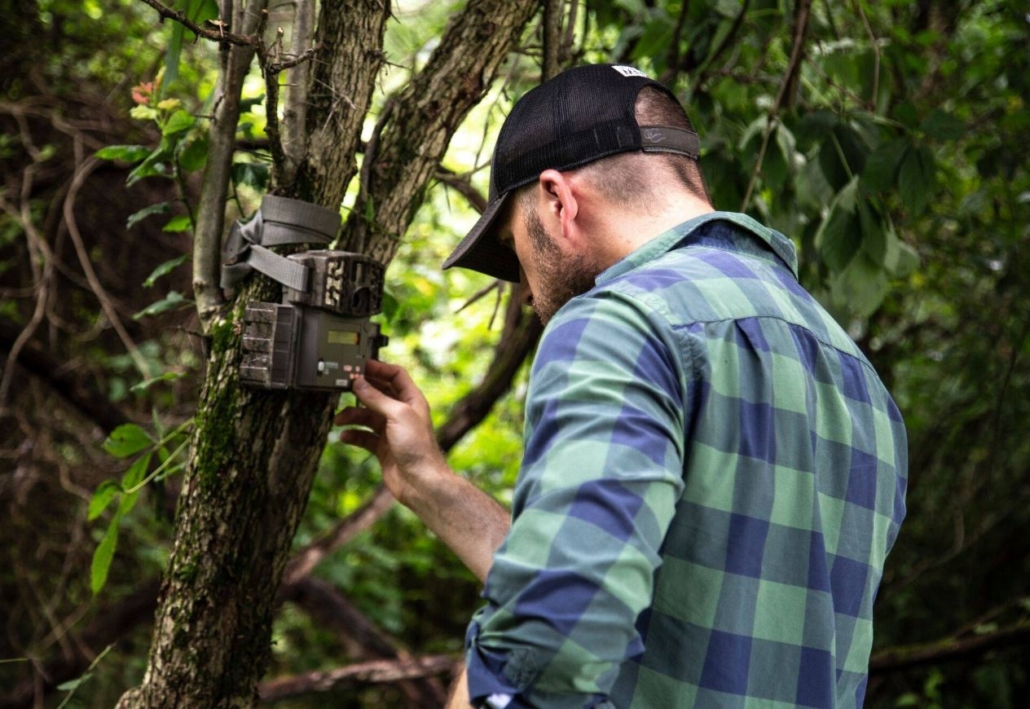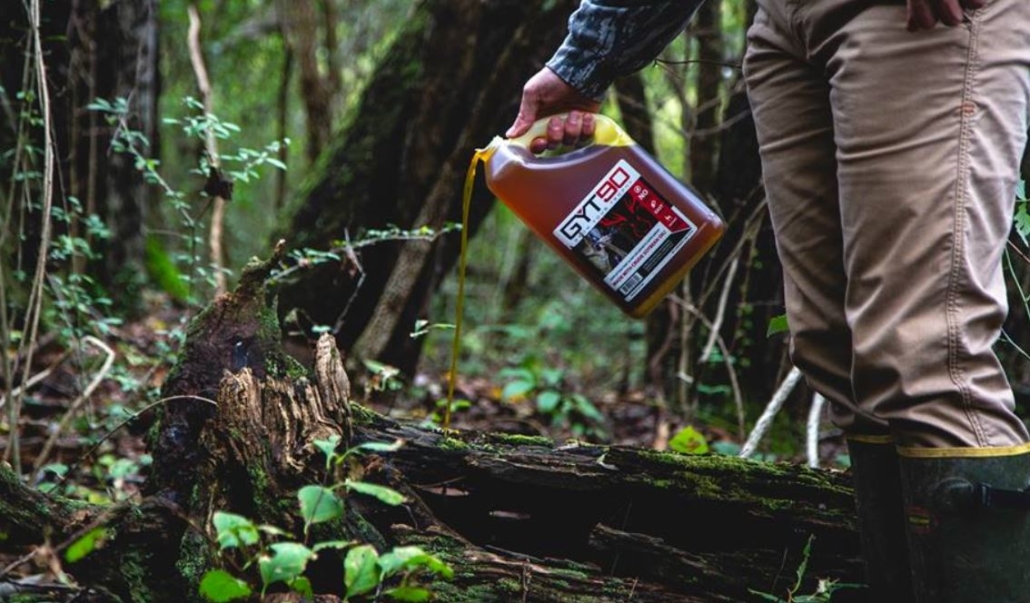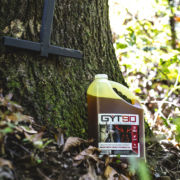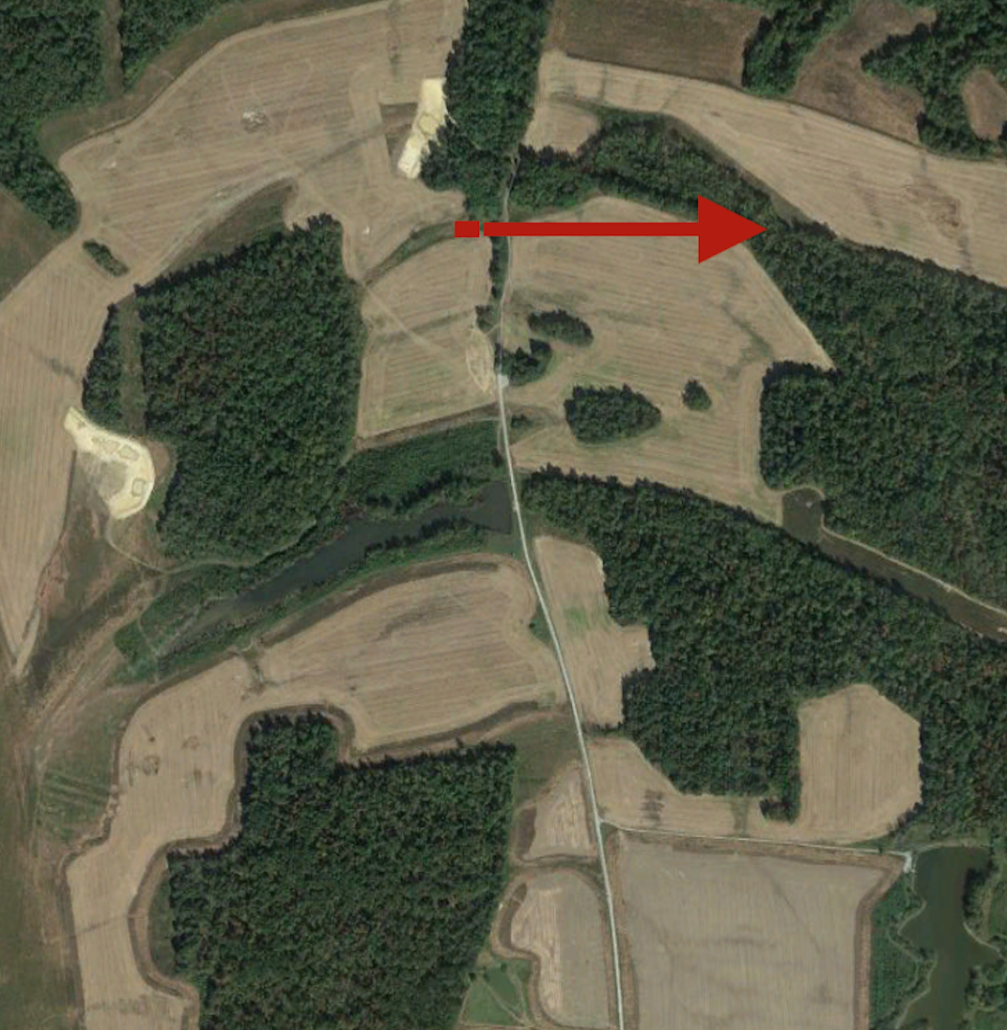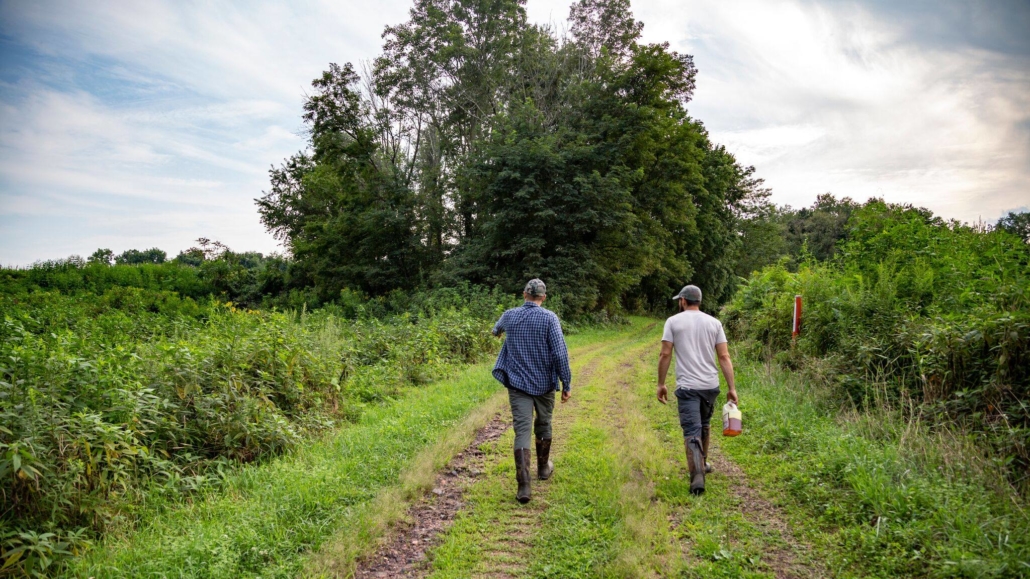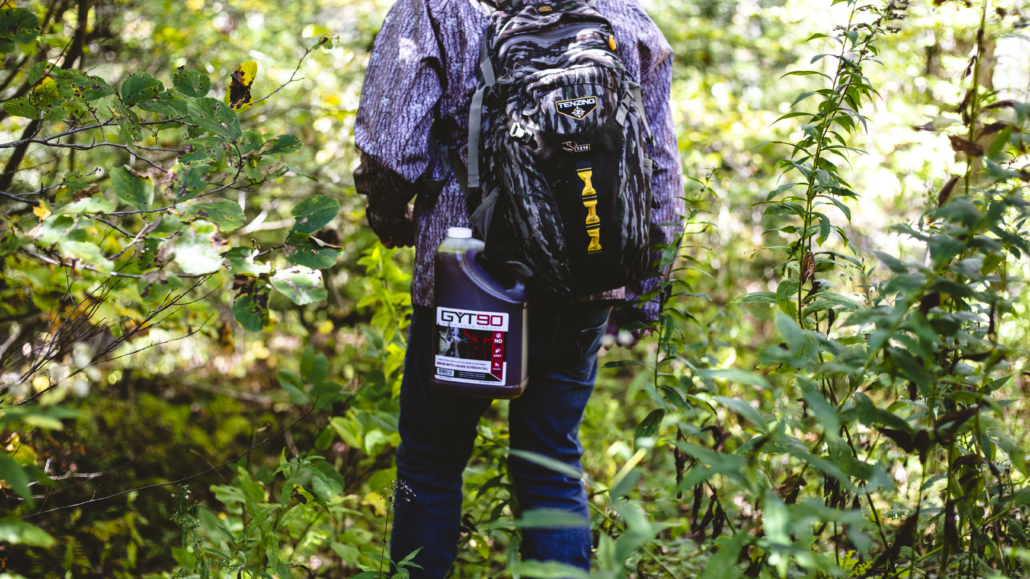Using Deer Attractants for Observation Instead of Hunting
No Pressure + Deer Attractants = Great Hunting Intel
When most whitetail hunters talk about deer attractants and mineral supplements, they automatically drift towards the deer hunting application of them. After all, our powerful and attractive product can create one of the best hunting sites you’ve ever sat above. But eventually, you’d probably educate a few bucks about your intentions if you sat over a site too much. And additionally, an increasing number of states do not allow hunters to hunt over or even near anything that could be considered bait anyway, which would rule this scenario out too. So have you ever considered using a deer attractant to enhance a bait site or mineral site without hunting it?
It might seem crazy to some people – why spend the effort and money on keeping a site like that running if you can’t directly hunt the deer using it? But there are actually several benefits of doing just that. Here’s how to use deer attractants and some tips on where and why to use them.
Why Use This Strategy?
The best reason for using this approach is that you can gain valuable insight about the deer using your property in a way that you might not if you were hunting it. Whitetails are pretty quick at patterning people, so hunting a deer bait site several days in a row definitely turns the pressure on. With this strategy, however, you can capture trail camera pictures of essentially unpressured deer (since you don’t hunt it). This property reconnaissance helps you understand truly which deer are using your land; whereas, mature bucks may be reluctant to use a bait site that is regularly hunted. That is the true power of this deer attractants strategy.
In addition, if you’re wondering how to attract deer to your property, this product is so versatile for different situations. There are several ways to use this product, depending on the situation. At easier to access sites (i.e., accessible via a trail system), this is probably the best deer attractant to mix with corn because it adds fat calories (soybean oil), 90+ minerals, unrefined salt, and attraction power (scent of soybeans) to the bait pile. For more remote areas, you can pour it onto decaying wood or directly onto the soil to create the best deer mineral attractant. These are all very good ways to attract deer.
And as we mentioned earlier, there is another obvious reason this approach might be a good option for you. In some states, it is illegal to bait deer while hunting them, which often includes any caloric food source at all (including grains, fruits, vegetables, molasses, etc.). Since our product is made with crude soybean oil and chock full of fat calories, you definitely couldn’t hunt over it in that situation. However, some states may allow you to bait deer on your property, provided you don’t hunt within a certain distance of it. In this case, you could still get the benefit of baiting deer in front of your trail cameras without breaking any laws. But be sure to study your state’s regulations on this topic before you start.
Best Places to Put Deer Attractants
While this approach could work for any property to get an unbiased look at the deer there, here are a few places where this would make the most sense.
- If you have a small property (e.g., total of 40 acres), you need to be serious about deer hunting to consistently do well. Instead of walking around your whole property throughout the season, try designating most of the center of it as a sanctuary that you hardly ever enter (except to re-apply more GYT90 deer attractants and check your trail camera). Then you can use the trail camera pictures to decide how to hunt the perimeter, based on which deer are comfortably using the interior portion.
- Do you have a cellular trail camera that directly sends pictures to your mobile phone? That’s even better. Find a very remote part of your property that you can’t access easily (e.g., an island in the middle of a swamp). Take some time to apply a liberal amount of GYT90 deer attractant on some decaying logs and within the soil so that it will persist longer than just applying it to a corn pile. Rest assured, the deer will absolutely eat the decaying wood and dirt. Then let the camera and deer attractants do their work. This approach probably makes GYT90 the best deer attractant for trail cameras at remote sites.
How to Use This Approach for Hunting
Wait, didn’t we say we were not hunting over these deer attractants? Yes, but there are still ways you can use this method to inform your hunting strategies. First, simply having this site in an unpressured area could entice deer to stay longer than they otherwise might. Keeping them on your property is over half the battle once the general hunting season opens.
For a more specific hunting example, if you start seeing a mature buck using your remote site, you will need to figure out how he is accessing it and where he goes afterward. Study some aerial maps of your property and find some likely travel corridors or pinch points that the buck might use. If he primarily uses the site at night, it’s likely he will head to a bedding area in the morning, so look for densely vegetated areas on the map where a buck could feel safe during the day. Then place some trail cameras in those locations. After a week or two, sneak back in to check the cameras (or use the cellular option mentioned above). Once you find out where and when he is using a certain area, set up a tree stand or ground blind downwind of his primary access – remember to not hunt too close to your deer attractant site. By only hunting the perimeter of this area, you stand a great chance at attracting and then hunting a buck as he comes and goes.
Best Deer Attractant
This season, try using this amazing product and hunting approach to see how it goes. In most cases, the deer attractants will pull the deer in on their own – how you handle the hunting of them is up to you. But providing a no-risk area for deer – especially mature bucks – to congregate and get some nutrition and minerals from is a fantastic way to get a census of the deer using your property.

